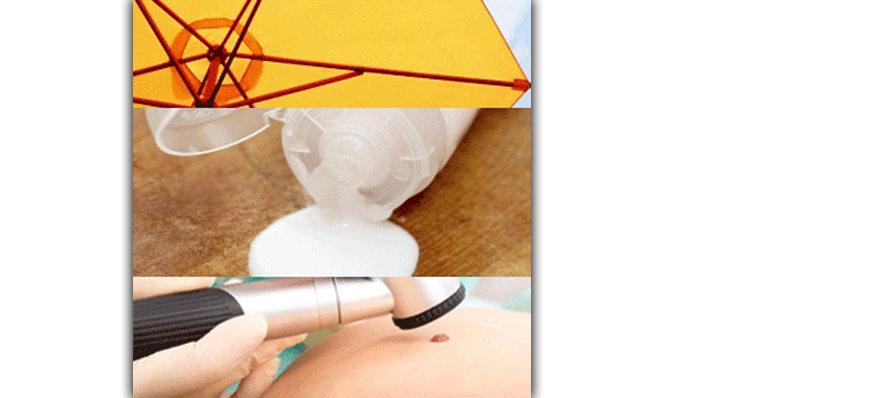Melasma with Hyperpigmentation at classic photosensitivity sites: Photopatch Tests of twenty sequential patients from the Philippines.
Oral presentation.
Abstract:
Contact Dermatitis 2010: Blending Science with Best Practice A joint meeting of the Experimental Contact Dermatitis Research Group and the American Contact Dermatitis Society. Dallas, Texas. October 14-16, 2010.
Background: Photopatch testing of melasma patients from the Philippines to photoallergens irradiated with Visible Light were previously reported to have significant (+) and relevant phototoxic type reactions diagnosed as photoirritant contact dermatitis1. This is a follow-up report on photosensitivity in melasma.
Setting: VMV Skin Research Centre + Clinics, Philippines, Dermatology Clinic, 2004 April to 2005 May.
Methods: Subjects were sequential cases of melasma who consented to a photopatch test using a VSRC– IRB approved protocol based on literature guidelines with duplicate sets of 68 photoallergens: 57 standard from Chemotechnique, Sweden; 11 sunscreen ingredients from Skin Sciences Laboratory Inc, Pasig Philippines. One set was irradiated with a UVA-1 (365 nm peak) Birtcher Wood’s Lamp, the other, the unirradiated control. All were examined for evidence of photosensitivity and sun exposure behavior.
Results: At photosensitivity distribution sites all subjects had subtle but distinct irregular hyperpigmentation, but neither dermatitis nor a history of sun allergy. All consistently practice sun avoidance, stay in the shade or use parasols. Positive photopatch tests were all decrescendo type to the following irradiated common and relevant photoallergens: Perfume in 16 of 20 (80%); Plant, 16 of 20 (80%); Scandinavian Photopatch Test Series, 11 of 20 (55%); and SSLI Sunscreen Series 8 of 20 (40%).
Conclusion: All these melasma cases practiced sun avoidance, showed subtle uninflamed hyperpigmentation at classic photosensitivity sites and elicited (+) relevant photopatch tests to Wood’s Lamp UVA-1. Compared with the Test Lights, photometric readings of indoor artificial lights are much lower. This may explain the evolution, clinical appearance, frequent recurrences despite lightening agents, lasers, other light devices, and sunscreens in melasma treatment. Photopatch testing identifies specific photoallergens and lights to avoid, and the sunscreens to use.




